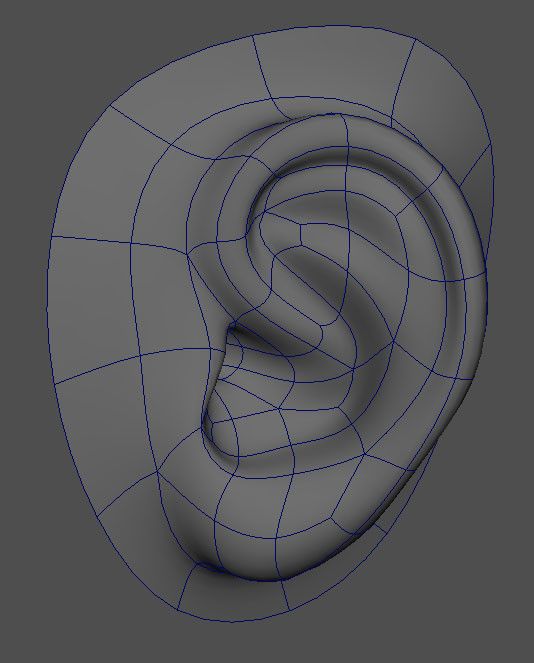What Is A Dental Bridge? Fix Gaps Easily

The appearance of a missing tooth can be a significant source of self-consciousness for many individuals, impacting not only their self-esteem but also their ability to chew and speak with confidence. Dental bridges offer a practical and aesthetically pleasing solution to this problem, effectively bridging the gap between teeth. Essentially, a dental bridge is a fixed dental restoration used to replace one or more missing teeth by joining an artificial tooth to adjacent teeth or dental implants. This technique restores the natural function and appearance of the teeth, ensuring that individuals can regain their full oral functionality and smile with renewed confidence.
Understanding Dental Bridges
Dental bridges can be categorized into several types based on the materials used, the method of attachment, and the location of the missing tooth. The most common types include:
- Traditional Dental Bridge: This is the most common type of bridge, made from ceramics or porcelain fused to metal. It involves creating a crown for the tooth on either side of the missing tooth, with a pontic (the artificial tooth) attached in between.
- Cantilever Bridge: Used when there are adjacent teeth on only one side of the missing tooth, this type of bridge is not as common due to its potential to put too much pressure on the supporting teeth.
- Maryland Bonded Bridge: Also known as a resin-bonded bridge, this type is primarily used for front teeth and involves metal wings that are bonded to the adjacent teeth using resin.
- Implant-Supported Bridge: This type involves surgically implanting a metal post into the jawbone at the site of the missing tooth. The bridge is then attached to this implant, offering a strong and durable solution that helps preserve the jawbone and facial structure.
The Process of Getting a Dental Bridge
The process of obtaining a dental bridge typically requires several visits to the dentist and involves the following steps:
Initial Consultation: The dentist evaluates the condition of the teeth and jaw to determine if a dental bridge is the best course of action. Discussion of the different types of bridges, materials, and their respective pros and cons is also undertaken.
Preparation of Abutment Teeth: The dentist prepares the teeth on either side of the missing tooth by removing a portion of the enamel and dentin to make room for the crown. This step is crucial for ensuring that the bridge fits comfortably and functions properly.
Impressions: Impressions of the teeth are taken to create a model of the mouth. This model is then sent to a dental laboratory where the bridge is fabricated.
Temporary Bridge: A temporary bridge may be provided to protect the teeth and gums while the permanent bridge is being made.
Fitting the Permanent Bridge: Once the bridge is ready, the individual returns to the dentist for the fitting. The dentist checks the bridge for fit, comfort, and bite to ensure that it feels natural and functions as expected.
Adjustments and Cementation: If necessary, the dentist will make any final adjustments and then cement the bridge into place. For some types of bridges, especially those attached to implants, there may be a period of healing before the bridge is attached.
Benefits of Dental Bridges
Dental bridges offer several benefits, including:
- Restoration of Full Dental Function: Bridges enable individuals to chew and speak more effectively, restoring the natural function of their teeth.
- Improved Appearance: By filling in the gaps caused by missing teeth, bridges enhance the smile’s appearance and can boost self-confidence.
- Preventing Shifting: They help maintain the position of adjacent teeth, preventing them from shifting and changing the bite.
- Durable Solution: With proper care, dental bridges can last for many years, offering a durable solution for tooth loss.
Maintenance and Aftercare
To ensure the longevity of a dental bridge, regular dental hygiene practices are essential. This includes brushing the teeth at least twice a day, flossing once a day (especially around the bridge, using a floss threader if necessary), and scheduling regular dental check-ups. A balanced diet that avoids excessive sugar and hard or sticky foods can also contribute to the bridge’s durability. By following these practices and maintaining good oral health, individuals can enjoy the benefits of their dental bridge for years to come.
How long does a dental bridge last?
+Dental bridges can last anywhere from 5 to 15 years, depending on the type of bridge, the material used, and how well you maintain your oral health. Routine dental check-ups are crucial for extending the life of your bridge.
Are dental bridges covered by insurance?
+Insurance coverage for dental bridges varies by provider and policy. Some plans cover a portion of the costs, while others may cover the full expense. It's essential to check with your insurance provider before proceeding with the bridge placement to understand your coverage.
Can anyone get a dental bridge?
+Not everyone is a candidate for a dental bridge. The health of the teeth surrounding the gap, the condition of the gums, and the individual's overall oral health are factors that determine suitability. A consultation with a dentist is necessary to assess whether a dental bridge is the right solution for your specific situation.
Ultimately, dental bridges offer a viable and attractive solution for individuals seeking to address the gaps left by missing teeth. With the advancements in dental technology and materials, bridges have become more durable, aesthetically pleasing, and accessible than ever, ensuring that individuals can restore their full dental function and confidence with ease.
